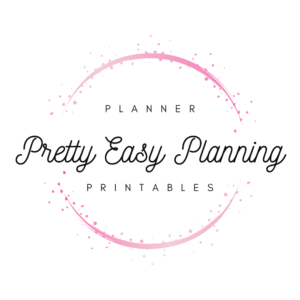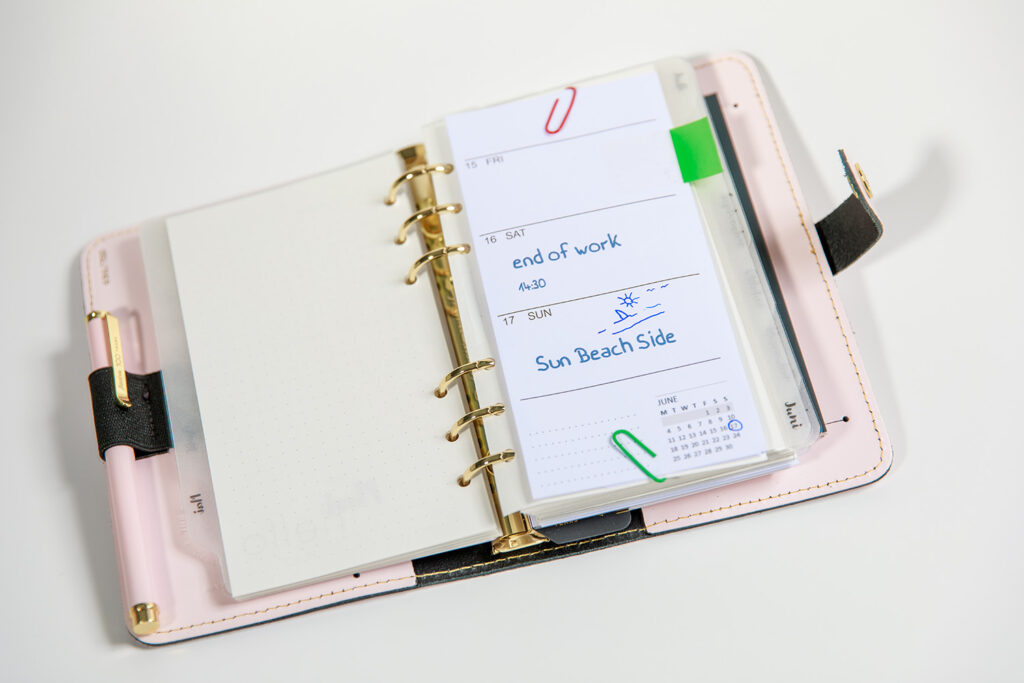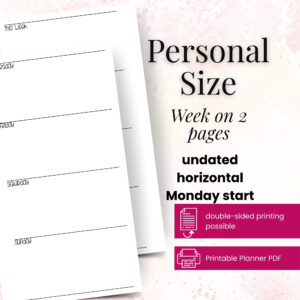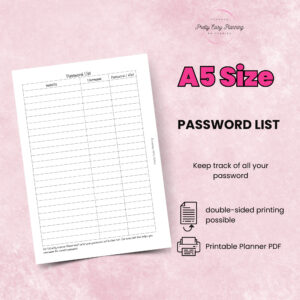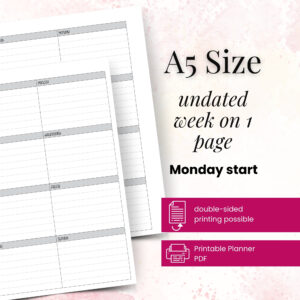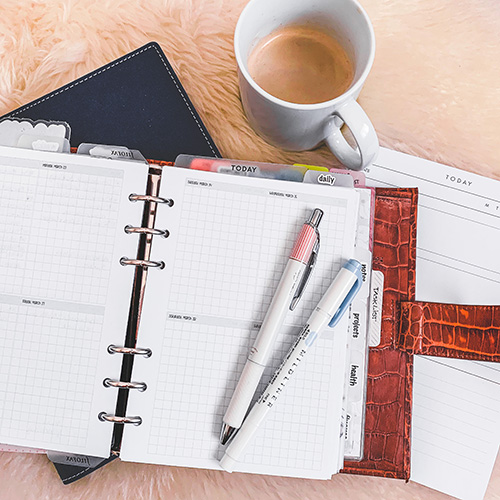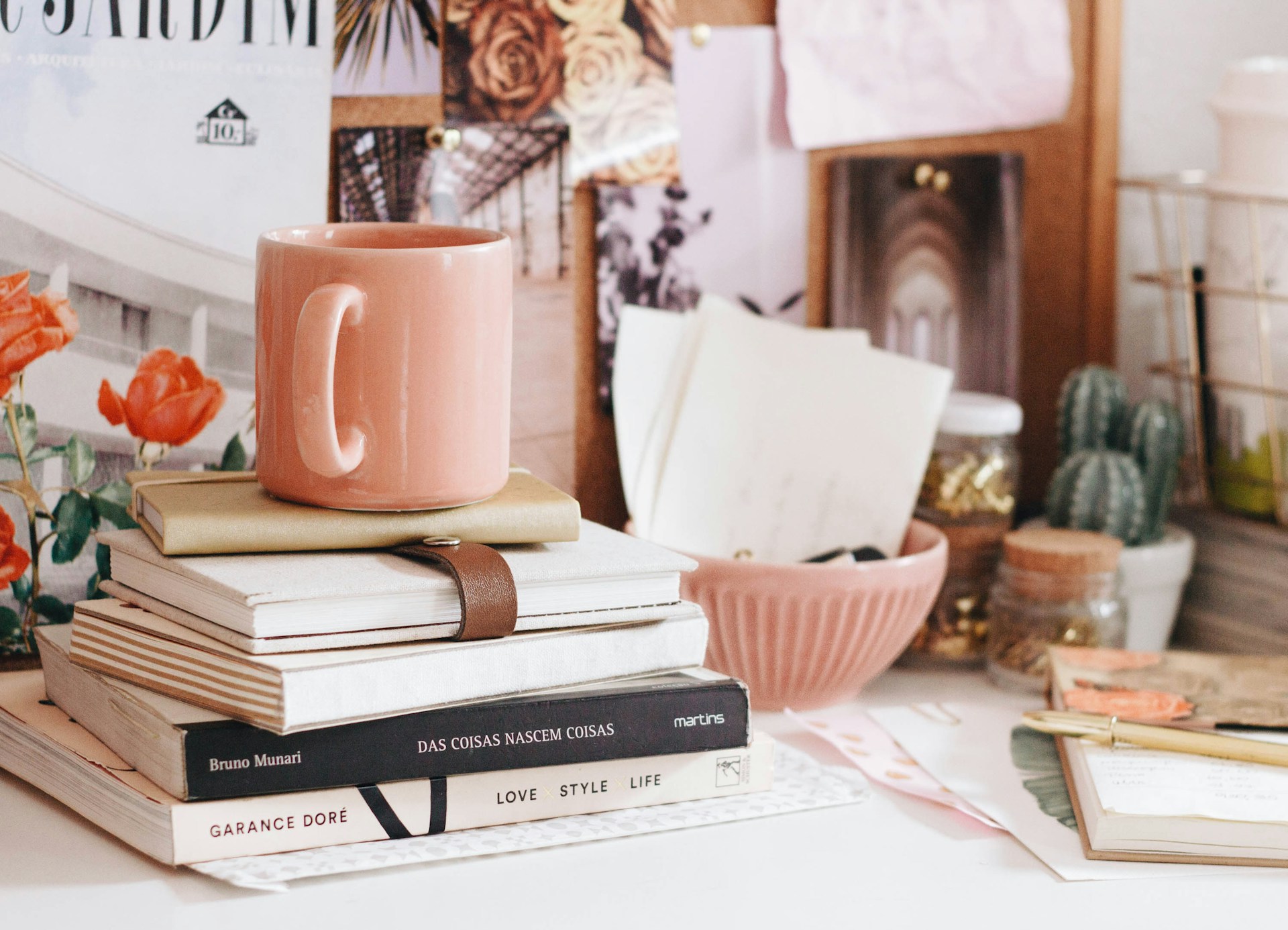Using a planner is one of the easiest ways to bring more order into your life. It helps you manage your time, stay on top of your responsibilities, and feel less stressed. Whether you’re handling school, work, or family duties, a planner helps you stay focused and feel in control. This guide will walk you through simple and practical steps to help you use a planner in a way that really works.
Why Should You Use a Planner?
Planners are powerful tools that help you keep track of everything in one place. When you use a planner:
- You can manage your time better by seeing your whole day or week at a glance. This helps you plan your tasks and avoid missing anything important.
- You can track your goals. Whether you’re saving money, building a habit, or working on a big project, a planner helps you break it into steps and see your progress.
- You get more done. Writing down your tasks helps you focus and avoid distractions.
- You feel less stressed. Putting your plans on paper clears your mind and helps you feel more relaxed.
Whether you like using paper planners or apps on your phone, the benefits are the same.
Step 1: Pick the Right Type of Planner
Not every planner is the same. Choose one that matches your lifestyle:
- If your days are very busy, a daily planner gives you space to plan hour by hour.
- If you want a general view of your week, a weekly planner is great.
- If you prefer looking at the big picture, try a monthly planner.
- If your schedule changes a lot, an undated planner lets you start and stop anytime.
You can also use printable planner inserts. These are pages you can print and put into a ring-bound planner like a Filofax. You can mix and match pages like meal plans, to-do lists, and budget sheets to make a planner that fits you perfectly.
Step 2: Set Up Your Planner the Smart Way
Once you have your planner, it’s time to set it up so it works well for you.
Start by deciding what sections you need. Most people like having parts for a calendar, goals, daily habits, notes, and money tracking.
Then, write down all your important dates like birthdays, meetings, and school deadlines.
Use different colors for different things. For example, use blue for work, green for family, and pink for personal time. This makes your planner easier to read.
You can also use planner stickers. These help remind you of events and make planning more fun. Some stickers show paydays, doctor visits, or motivational quotes.
The more you enjoy using your planner, the more likely you are to stick with it.
Step 3: Make Planning a Daily Habit
Using your planner every day is the key to making it work. Here’s an easy way to build that habit:
Each morning, open your planner and decide what you want to focus on for the day. This helps you start the day with a clear goal.
Each evening, check what you finished and what still needs to be done. Move unfinished tasks to another day.
Pick a time once a week, like Sunday night, to plan the week ahead. Look at any upcoming events and make a plan for your goals and tasks.
By checking your planner daily, you train your brain to stay organized.
Step 4: Learn to Prioritize
Planning is not just about writing tasks down. You also need to decide what matters most.
Start your day by choosing your top three tasks. These are the things you want to finish no matter what.
Use time blocks to plan when you’ll do certain tasks. For example, block 9–11 AM for homework or emails.
Try grouping similar tasks together. If you have to run errands, do them all at once. This saves time and energy.
When you organize your day this way, it’s easier to stay focused and get more done.
Step 5: Use Your Planner to Reach Your Goals
A planner is more than a schedule. It’s a place where you can turn your dreams into real steps.
Start by writing down your big goal. Then break it into smaller steps.
Use a goal tracking page to see your progress. You can also use printable goal trackers if your planner doesn’t have one.
Celebrate small wins. If you finished a big task or reached a milestone, mark it in your planner and feel proud.
When your goals are in front of you every day, you’re more likely to reach them.
Step 6: Reflect and Improve
At the end of the week, use your planner to think about how things went.
Ask yourself: What worked well this week? What didn’t go as planned? What can I do better next time?
You can also write down one thing you’re thankful for. This builds a positive mindset.
Many printable planner kits include pages for reflection or mood tracking. These help you learn more about yourself and make better plans moving forward.
Extra Tips to Stay on Track
Make your planner fun to look at. Use colors and stickers to highlight important parts.
Use a size that fits your lifestyle. A5 and Personal size inserts are great for planners you want to carry with you.
Don’t worry if your planner looks messy. It’s a tool, not a piece of art. What matters is that it helps you.
Make time each week to review your planner. This keeps you updated and helps you avoid surprises.
Conclusion: Your Planner Is Like a Personal Assistant
Learning how to use a planner effectively is not about being perfect. It’s about finding a simple system that fits your life and helps you feel in control. Whether you’re a student, a parent, or running your own business, your planner can be your best helper.
Want to get started right away? Take a look at our printable planner inserts, habit trackers, and sticker kits. They’re made to help you stay organized and make planning something you actually enjoy!
